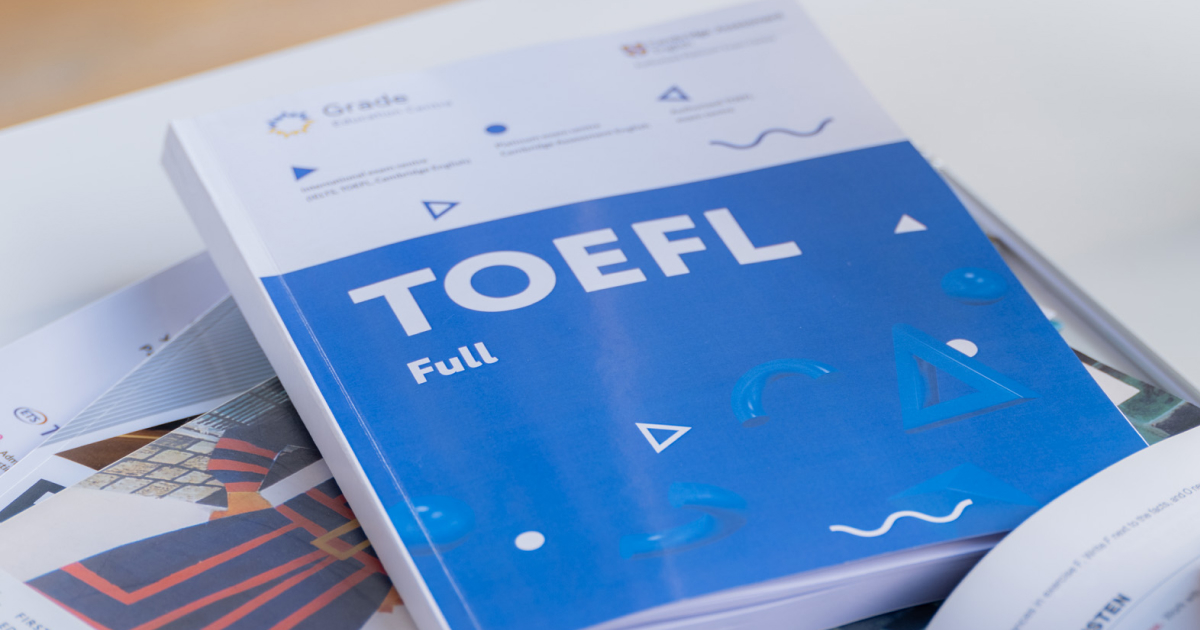How to teach parts of speech: A Fun and Effective Approach
- Grammar
- Methodology

29.08.2023
Error correction is undoubtedly one of the most important issues in language teaching as it basically coincides with its main purpose – reaching a high level of English proficiency through overcoming all types of various mistakes.
That is why teachers usually have a lot of questions about error correction: whether to correct all of the errors, when it is better to correct, and how it should be done.

Deal with errors effectively!
Become well-prepared with our course!First, let’s talk about mistakes and errors.
It is often thought that these terms are interchangeable and basically mean the same thing which is partly true because both terms define some problems in language usage.
However, in ELT there are some crucial differences between errors and mistakes:
| Errors | Mistakes |
| Language has not been internalized yet. | Language has already been internalized. |
The reason is a lack of knowledge. Occur during the process of learning. | The reason is carelessness, lack of attention, etc. |
| In principle, the test of a mistake is whether the learner can self-correct effortlessly. In practice, it is not always easy to distinguish errors from mistakes. (Thornbury) | |
What is a positive approach to language mistakes?
Julian Edge distinguishes three categories of potential problems that teachers have to deal with:
Obviously, Jeremy Harmer emphasizes that, although attempts tell a lot about the current knowledge of our students, errors are the category that ESL teachers mostly pay attention to.

Professionals agree that teachers should not correct every single error they hear.
Correction is obviously necessary, but too much feedback can sometimes be counterproductive to student motivation.
It is much more crucial to prioritize which mistakes to fix.
Hendrickson recommends correcting errors based on the student’s abilities, starting with errors that affect communication, moving on to common errors, and finishing with errors that annoy or feel emotionally uncomfortable.
Therefore, the approaches to the correction of mistakes made by, for example, A1 and C1 students will definitely differ.
Additionally, it is better to hold off on correcting certain errors until you have introduced that subject to the students.
For instance, if you were to correct sentences for students who were attempting to use Type 2 conditional sentences while they were still getting the hang of the Present Simple, you’d better skip this kind of correction.
It is also important to focus on the errors which correspond to the topic of the lesson or the material that you learnt previously as correcting every single error influences a student’s motivation and may have an impact on their will for further speaking practice.

Applied linguistics researchers often suggest two categories of errors:
Performance errors are those that students make when they are rushed. This kind of mistake is often not significant and is easily fixed by the student.
In this regard, it is still important to remember that researchers distinguish between mistakes that are lapses in performance and errors which expose inadequate reproduction of information.
Contrarily, competence errors are more dangerous than performance failures since they are a reflection of insufficient learning.
Other studies make a distinction between local and global mistakes.
Local mistakes do not obstruct communication or interpretation of a speech (articles, prepositions, auxiliaries, confusing parts of speech etc).
Corect students' mistakes in speaking
On the other hand, global mistakes are more significant than local faults since they obstruct communication and change the intended meaning of statements (improper word order, usage of wrong tenses).
Last but not least, there is a purely linguistic distinction of errors:

Two primary sources of errors are:
Many students who learn English as a second language already have an understanding of at least one other language.
That is why, there is a lot of confusion that leads to mistakes in a learner’s usage of English where the L1 and the variety of English they are learning collide.
Students might transfer sentence structure from their L1 to English forgetting about the English word order, or use words that sound similar in their L1 when they speak English – these are some examples of common cases of L1 interference.
At the same time, developmental errors have a much more complicated nature.
There are several reasons why students tend to develop such errors:
| Reason | Explanation | Example |
| Simplification/avoidance | Simple forms and constructs are frequently preferred by learners over more complicated ones. | Students decide to use Past Simple instead of Present Perfect “because it’s easier”. |
| Overgeneralization | A form or construction is used in one context and then extended to another situation where it shouldn’t be used. | Adding –ed to all the verbs in Past Simple. |
| Hyperconnection | A situation where the teacher’s effort to correct all the mistakes, make students doubt even in correct things and therefore make more unwanted errors. | Hanna Y. Touchie gives a nice example with the Arab student: the insistent demand of the teacher to pronounce the phoneme /p/ properly causes the students to try to do so even when the phoneme /b/ is needed. |
Teach your students to speak
In spite of all the reasons mentioned above, the errors might be also caused by the following problems:
| Reason | Explanation | Example |
| Faulty teaching | When the mistakes made by students are teacher-induced, meaning they are brought on by the instructor, the course materials, or the sequence of the lessons. | You made a misprint in your presentation and students rewrote the word or the structure as the correct one. |
| Fossilization | Errors (especially in pronunciation) become long-term ones and migrate from level to level and become extremely hard to get rid of. | Your C1 student still makes errors in comparatives because they were not drilled enough earlier and the student got used to inappropriate usage lacking proper earlier correction. |
| Inadequate learning | The results of ignorance of rule limits, underdifferentiation, and insufficient learning. | The student keeps ignoring the rule of subject-verb agreement in Present Simple while using the third person. |
| False concepts hypothesized | Errors are made because of incorrect assumptions students may have about the target language. | Students see the verb was as a marker of past tense. That is why he says something like “He was go”, “He was goed” or “He was went”. |

As we mentioned before, teachers shouldn't attempt to fix every error made by their students as correcting all oral faults frequently influences language acquisition in a negative way and stops shy students from actively practicing the target language.
Here are some general advice on how to treat errors:
And now, how about answering a couple of questions to sum up all the ideas?
Mistakes and errors are practically the same.
Correcting all the mistakes you hear is important.
Errors appear when the knowledge of the topic is not perfect and some things still need to be explained.
Arina Kravchenko
Author
Teacher of General English & IELTS
Comments
Leave your comment